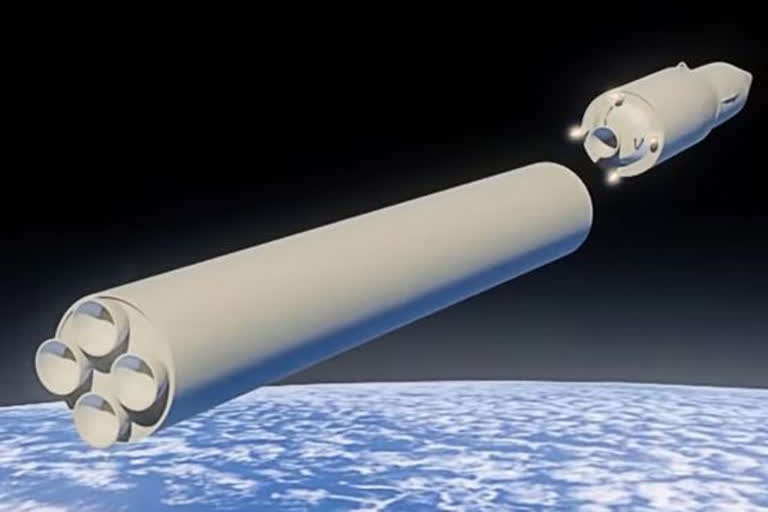New Delhi: Hypersonic weapons are the new buzzword among militaries across the world. Touted as hi-tech game-changers that will change the very nature of warfare, among the many things they will directly impact is to make redundant a wide range of conventional air defence systems.
That is why, with so many powerful nations trying to build the unstoppable hypersonic weapons, there is talk of a new arms race in the offing—far more threatening than the world has ever seen.
And part of the problem is that they are being developed at a very fast pace with Russia having already started its deployment, while the world leader in this military technology is China. The US is not too far behind. India too is not too far behind in the race for hypersonic weapons. As are France, Australia, Japan and Germany.
Which is why one can question India's rush to buy not just the Russian S-400 system but also the US Integrated Air Defence Weapon System (IADWS) or the National Advanced Surface to Air Missile System II (NASAMS-II) that the US State Department has just this week okayed for sale to India.
While the S-400 Triumf surface-to-air medium and long-range anti-aircraft missile system is being bought from Russia at a cost of Rs 40,000 crore, the IADWS will cost about Rs 13,000 crore.
The S-400 is touted as a 'one-size-fits-all' game-changing weapon. One of the most powerful missile systems in existence, it can counter the complete range of airborne threats including bombers, stealth fighters, missiles and drones at a range of up to 400 km and upto 30 km altitude and a capacity to engage up to 36 targets at one time.
On the other hand, the IADWS is cutting-edge when it comes to protecting populated urban centres and would presumably be applied to throwing a protection ring around the national capital city Delhi.
Read:Propelled by Budgam tragedy, joint air defence command to be up by July
